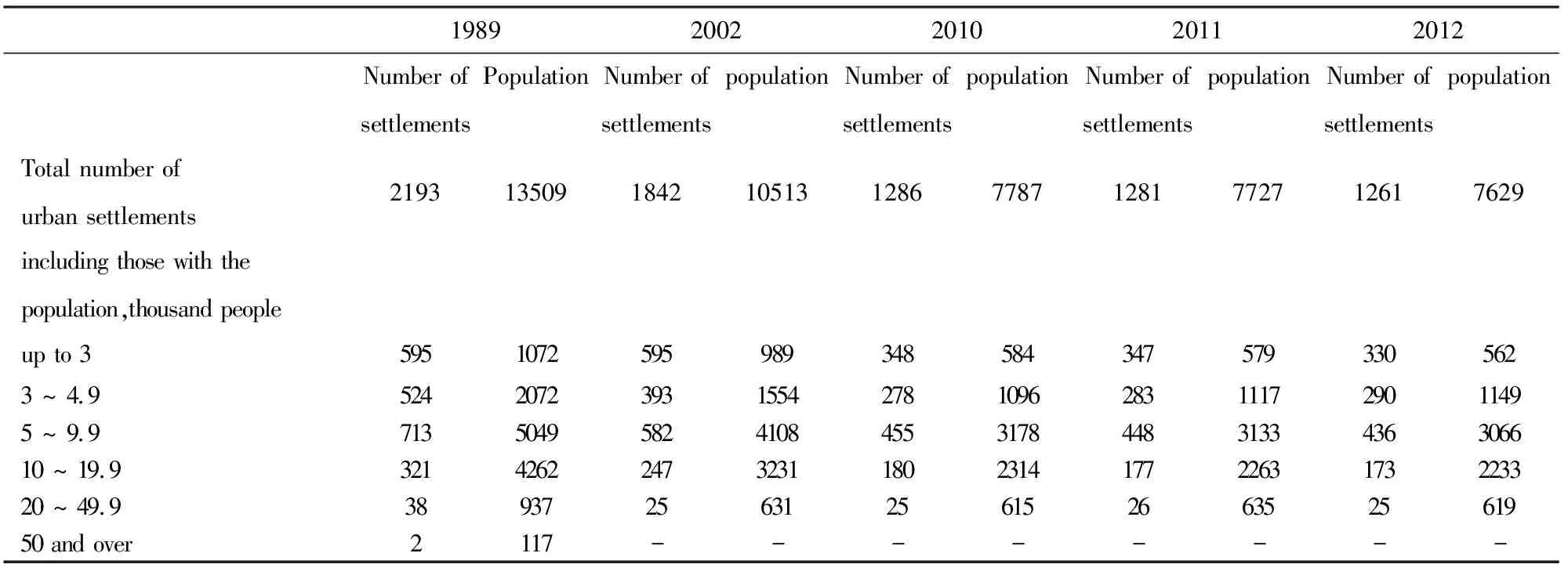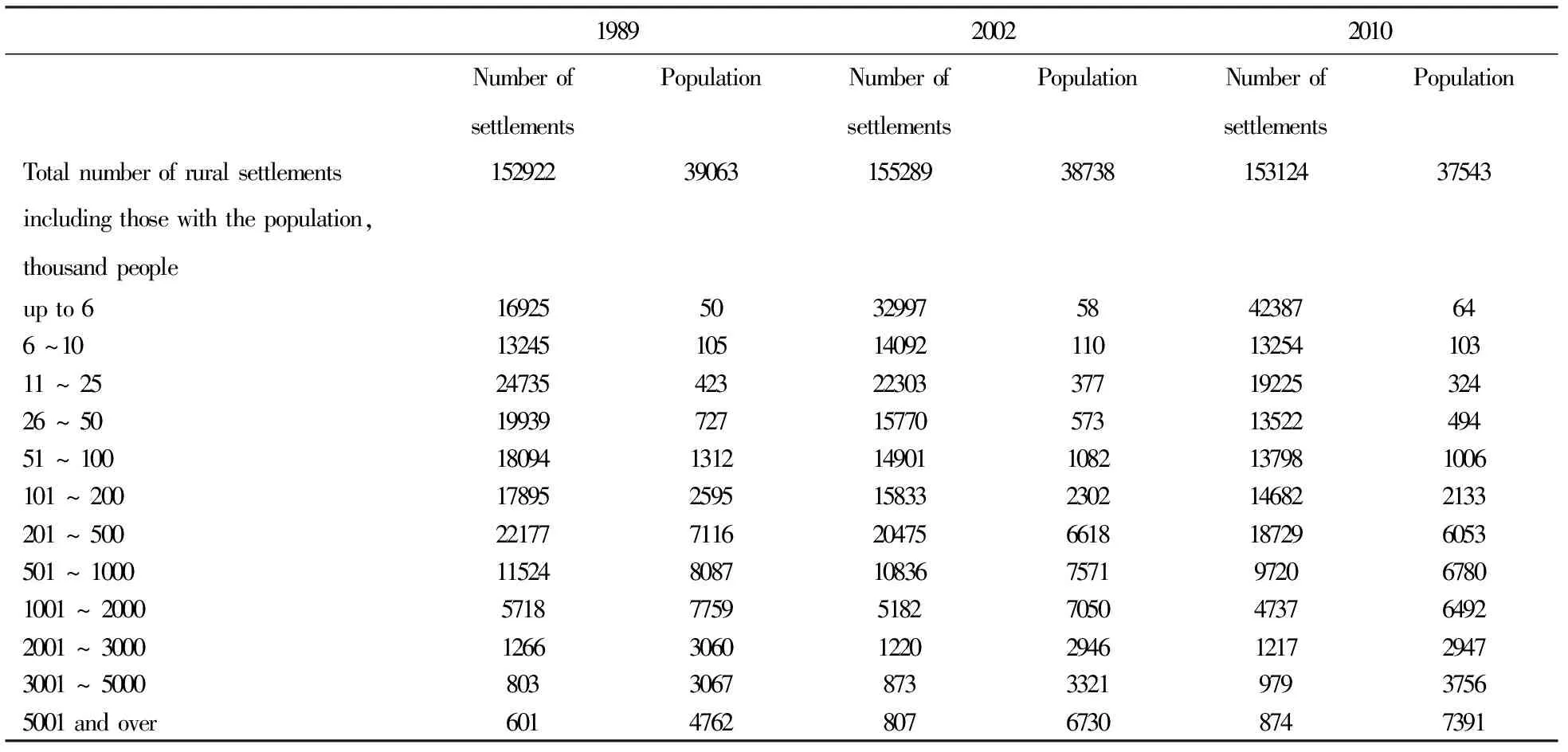Characteristics of Spatial Transformation of the Regional Economy
Oksana Viktorovna, Tatyana Anatolyevna
(Department of Economic Analysis and Quality,Tambov State Technical University,Tambov 392000,Russia)
The processes of transformation being quite intensive in modern Russian society put forward the issues of territorial organization of society, including the process of agglomeration, arising from territorial concentration of production and other economic facilities[1]. It should be noted that, first of all, the agglomeration effect is associated with a complex arrangement of various interrelated objects, more effectively performing their production and economic activities than those operating in isolation. Thus, the agglomeration effect causes intensive growth of regional economic development, as evidenced by the data of contributions made by large agglomerations in the economy of the regions, in which they are located. The key tasks of the agglomeration process are:
·developing and improving the efficiency of industrial production areas,turning agglomerations into large commercial and industrial centers;
·creating common labor market on the territory of agglomeration;
·ensuring the growth and quality of living standards.
For the comprehensive development of agglomerations it is necessary to use effectively the existing potential of core cities and coordinate the interaction the core cities with the neighboring areas[2]. The key criterion of agglomeration in modern conditions is the presence of the core city with a population of over 100 thousand people, which can be reached from neighboring urban and rural settlements within 1.5~2 h by public transport. The core of agglomeration has a direct impact on the development of neighboring areas; it can cause changes in the structure of a settlement, its industrial activity and the environment. In addition, the city is responsible for maintenance of the neighboring territories, and it has the right to use them to solve its own problems, leading to the transformation of the city itself. It has an opportunity to change its functional structure and develop the neighboring territories, ensuring their social and economic growth[3]. The city as the core of agglomeration is continuously involved in design and construction work, urban development, monitoring of the ecological situation in the region, the construction and repair work, the development of engineering, environmental and transport infrastructure, etc. Thus, the city creates the conditions for the involvement of the population from the neighboring territories to have access to the benefits of culture, art, education, science and technology concentrated in the city, as well as providing job opportunities[4].
To date, the agglomeration is the most effective form of territorial organization of the economy, since its activities and development enable to obtain a significant economic effect on all levels. Furthermore, the urban agglomeration concentrates the main productive forces, becoming the main form of resettlement of the population in the current conditions[5].
According to the United Nations data, currently, there are hundreds of urban agglomerations inhabited by about 1.3bn people, which is 56.4% of the urban population of the world. At the same time, according to experts, it is expected that in 2015 the population of urban agglomerations will increase by 900m and will reach more than 2.2bn people[6].
According to the Rosstat data for the period from 1989 to 2012 the number of cities increased to 1100, while the number of people permanently residing in urban areas increased by 3663 ths people, as evidenced by the data of the Table below.
As a result of the migration of nearly half the population of the rural areas and urban settlements, their number decreased dramatically (Tables 1~4).

Tab.1 The number of cities in the Russian Federation[7]

Tab.2 The population in the cities of Russia, thousand people表2 俄羅斯人口在1000人以上的城市

Tab.3 The number of urban settlements and population, thousand people表3 人口在1000人以上的城市居住區(qū)數(shù)量

Tab.4 The number of rural settlements and population, thousand people[7]表4 人口在1000人以上的農(nóng)村居住區(qū)數(shù)量
The data presented for 1989 - Census of January 12, 2002 - Census on October 9, 2010 - Census of October 14, over the next few years - evaluation on 1 January of that year. Resident population.
To date, the process of creating agglomerations is gaining pace, acquiring qualitatively new shape. Thus, the urban space expansion, resulting in blurred boundaries between urban and rural settlements, the separation of the city and the countryside becomes negligible, causing the emergence of "rural-urban continuum", characterized by the interpenetration of resettlement and places of employment, lifestyle and value concepts of urban and rural residents[8].
The transition to postindustrial society put forward the problem of forming agglomerations at the regional level. It should be noted that the interest in this subject increased in 1960~1980, which was due to the rapid creation of "industrial urban agglomerations" based on the principle of combining groups of convenient facilities (generating interconnected value added chains) and their placement near the centers of production of the necessary manpower[9]. In this case, the inclusion of certain settlements in the agglomeration was determined primarily by the industrial relations of these settlements with the "center".
In present conditions, sustainable development of urban agglomerations is possible only through the effective use of existing potential, taking into account the priority needs of the city and the surrounding settlements. Fundamental changes in the Russian society in recent years have necessitated the revision of the concept of agglomeration, which is currently characterized by the unity of the labor market, land and real estate rather than the unity of the territory and the system of resettlement.
Thus, the further development of agglomerations becomes possible only through the effective development of horizontal agglomeration links.
[1] Gorjachenko E E, Mosienko N L, Demchuk N V. Gorodskie aglomeracii Sibiri: predposylki formirovanija i bar′ery razvitija[J]. Region: jekonomika i sociologija, 2011(3):95.
[2] Formirovanie gorodskoj aglomeracii: Ucheb. posobie / V.A. Il′in, S.A. Seljakova, R.Ju. Malyshev i dr[M]. Vologda: VNKC CJeMI RAN, 2006.
[3] Iglovskaja N S.Social′no-jekonomicheskie i jekologicheskie faktory razvitija Arhangel′skoj gorodskoj aglomeracii[R]. Avtor. Na soisk. uch. st. kan. geograf. nauk po spec. 25.00.24, Moskva, 2011.
[4] Kolodin A V. Formirovanie gorodskih aglomeracij kak faktor jekonomicheskogo razvitija regiona [J].Terra economicus (Jekonomicheskij vestnik Rostovskogo gosudarstvennogo universiteta),2009,7(3):262-264.
[5] Jur′ev V M, Bondarskaja T A. Strategija razvitija regional′noj territorii: na primere malogo goroda: monografija[D]. Tambov: Izdatel′skij dom TGU im. G.R. Derzhavina, 2013.
[6] Percik E N. Svet i teni rossijskoj urbanizacii v XX veke: opyt, problemy, poisk reshenij[J]. Izvestija RAN, 2005(3).
[7] Rosstat. Statisticheskij ezhegodnik 2012[R]. Stat. sb. Rosstat. - M, 2012.
[8] Percik E N, Piterskij D S. Ocenka potenciala razvitija gorodov Rossii[J].Vestnik MGU. Ser. 6. Geografija,2000.
[9] Boze Je. Gorodskaja aglomeracija: staroe nazvanie - novoe soderzhanie[J].Rossijskoe jekspertnoe obozrenie,2007(4-5):13-16.

